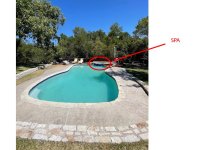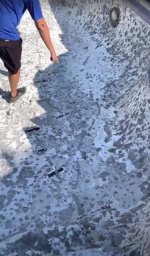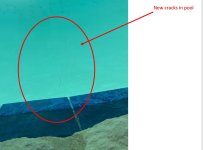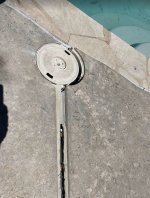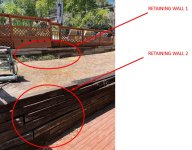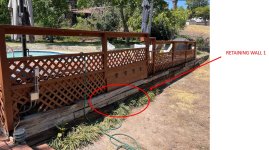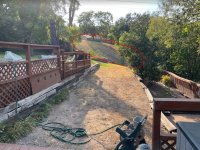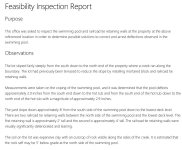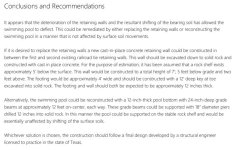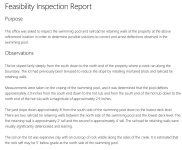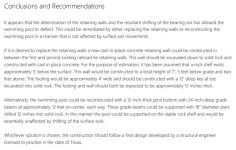Hoping this forum can come up with ideas (I've run out of them).
Bought my house (Central Texas) in May 2021. That summer, I noticed couple small cracks forming in the pool (but nothing was leaking). I reach out to the previous owner, and turns out he did some pool stabilization in 2020. So I figured the cracks should not expand much and should not be issue. Summer 2022, the small cracks turn into big cracks, and pool starts to leak. I use putty to fill the cracks (since I didn't want to do major repairs in middle of pool season). May of 2023, I do a restabilization and replaster. During the replaster, we find the pool has many foundation repairs (must have been many years old), indicating the pool has had recurring foundation issues.
My lot has a hill. The previous owners (who owned it for 40 years before I bought the house) used railroad ties to create two retaining walls, terracing the hill. The pool (with attached spa) was built close to the top layer of retaining wall. The retaining walls probably started to give many years ago (hence the uncovered foundation repairs), but now has really deteriorated (since walls are end of life). The shift in soil is probably creating the foundation issues. Only thing I can think of is re-build the foundation walls... which is probably 6-figures cost.
Any ideas on how I can manage the situation without having to rebuild the foundation walls?
Bought my house (Central Texas) in May 2021. That summer, I noticed couple small cracks forming in the pool (but nothing was leaking). I reach out to the previous owner, and turns out he did some pool stabilization in 2020. So I figured the cracks should not expand much and should not be issue. Summer 2022, the small cracks turn into big cracks, and pool starts to leak. I use putty to fill the cracks (since I didn't want to do major repairs in middle of pool season). May of 2023, I do a restabilization and replaster. During the replaster, we find the pool has many foundation repairs (must have been many years old), indicating the pool has had recurring foundation issues.
My lot has a hill. The previous owners (who owned it for 40 years before I bought the house) used railroad ties to create two retaining walls, terracing the hill. The pool (with attached spa) was built close to the top layer of retaining wall. The retaining walls probably started to give many years ago (hence the uncovered foundation repairs), but now has really deteriorated (since walls are end of life). The shift in soil is probably creating the foundation issues. Only thing I can think of is re-build the foundation walls... which is probably 6-figures cost.
Any ideas on how I can manage the situation without having to rebuild the foundation walls?


